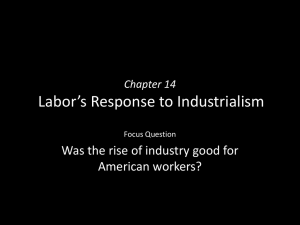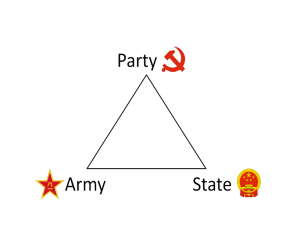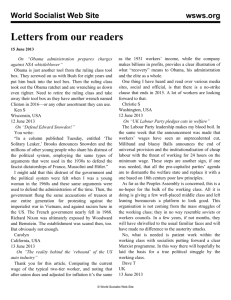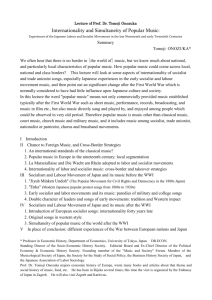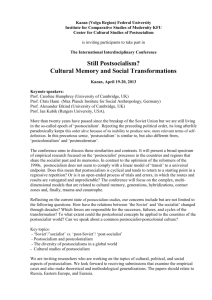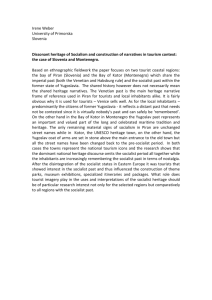ideological model of the family and its crisis in socialist bulgaria
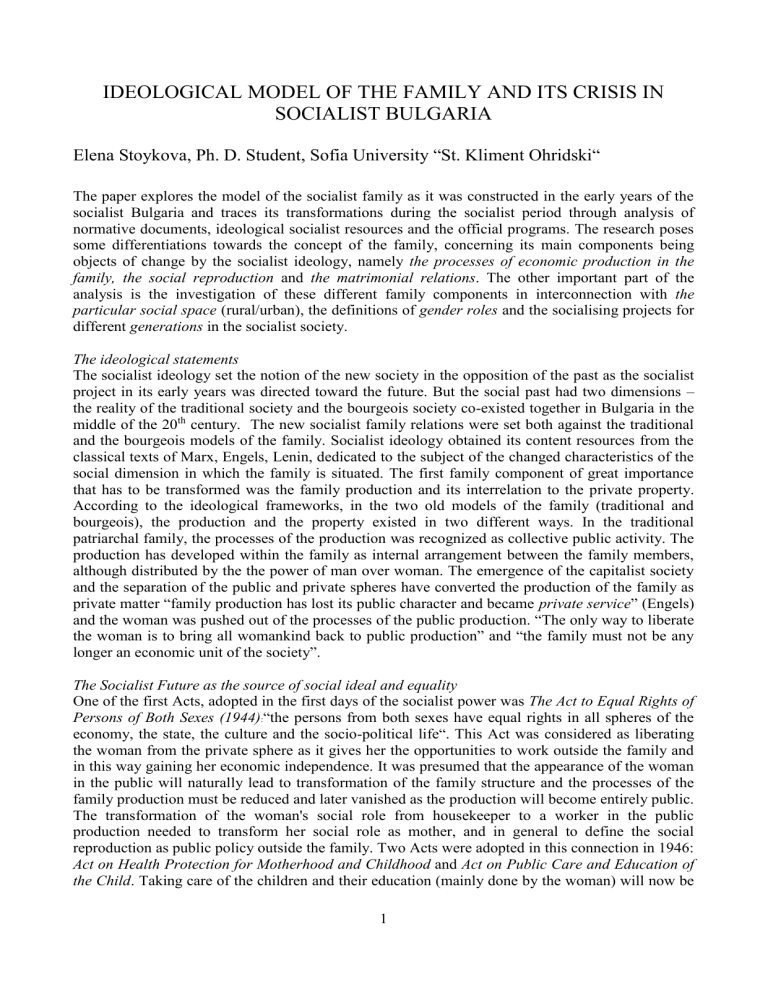
IDEOLOGICAL MODEL OF THE FAMILY AND ITS CRISIS IN
SOCIALIST BULGARIA
Elena Stoykova, Ph. D. Student, Sofia University “St. Kliment Ohridski“
The paper explores the model of the socialist family as it was constructed in the early years of the socialist Bulgaria and traces its transformations during the socialist period through analysis of normative documents, ideological socialist resources and the official programs. The research poses some differentiations towards the concept of the family, concerning its main components being objects of change by the socialist ideology, namely the processes of economic production in the family, the social reproduction and the matrimonial relations . The other important part of the analysis is the investigation of these different family components in interconnection with the
particular social space (rural/urban), the definitions of gender roles and the socialising projects for different generations in the socialist society.
The ideological statements
The socialist ideology set the notion of the new society in the opposition of the past as the socialist project in its early years was directed toward the future. But the social past had two dimensions – the reality of the traditional society and the bourgeois society co-existed together in Bulgaria in the middle of the 20 th
century. The new socialist family relations were set both against the traditional and the bourgeois models of the family. Socialist ideology obtained its content resources from the classical texts of Marx, Engels, Lenin, dedicated to the subject of the changed characteristics of the social dimension in which the family is situated. The first family component of great importance that has to be transformed was the family production and its interrelation to the private property.
According to the ideological frameworks, in the two old models of the family (traditional and bourgeois), the production and the property existed in two different ways. In the traditional patriarchal family, the processes of the production was recognized as collective public activity. The production has developed within the family as internal arrangement between the family members, although distributed by the the power of man over woman. The emergence of the capitalist society and the separation of the public and private spheres have converted the production of the family as private matter “family production has lost its public character and became private service
” (Engels) and the woman was pushed out of the processes of the public production. “The only way to liberate the woman is to bring all womankind back to public production” and “the family must not be any longer an economic unit of the society”.
The Socialist Future as the source of social ideal and equality
One of the first Acts, adopted in the first days of the socialist power was The Act to Equal Rights of
Persons of Both Sexes (1944)
:
“the persons from both sexes have equal rights in all spheres of the economy, the state, the culture and the socio-political life“. This Act was considered as liberating the woman from the private sphere as it gives her the opportunities to work outside the family and in this way gaining her economic independence. It was presumed that the appearance of the woman in the public will naturally lead to transformation of the family structure and the processes of the family production must be reduced and later vanished as the production will become entirely public.
The transformation of the woman's social role from housekeeper to a worker in the public production needed to transform her social role as mother, and in general to define the social reproduction as public policy outside the family. Two Acts were adopted in this connection in 1946:
Act on Health Protection for Motherhood and Childhood and Act on Public Care and Education of the Child . Taking care of the children and their education (mainly done by the woman) will now be
1
a task of the whole socialist society.
The Decree For the Civil Marriage (1945) regulated matrimonial relations equals the rights of the man and woman in the private sphere concerning the marriage. The socialist ideology asserts that the inequality of the family partners will be destroyed and the family as institution will no longer be a contract (in a sense of “a capitalist deal” leading to “enslavement of the woman”), but it will be community based on love and comradeships between two equal persons.
The private sphere had to be controlled by the socialist power, in order to equal the interests of the family and the state. In the first socialist Constitution (1947) was stated that “the marriage and the family are under the state protection” and “the family must follow the common public interest of the society”, but the definitions of the social roles were very much different in their underlying socialising principles. During that period, about 80% of the population in Bulgaria lived in the villages, where the patriarchal model of the family, based on self-economy production existed. The public production in the new socialist co-operative farms, rationalising the production processes,
“liberated” the village women from the hard work in the fields and gave them the opportunity to be more “responsible mothers and housekeepers”. On the other hand, the socialist model of the family, as it was constructed, transformed the families in towns in a manner that woman was “liberated” from her duties as housekeeper and mother, and became a worker. The woman was supposed to be free of all her “women's“ duties, to be able to work and “to build socialism”, but at the same time, she was called upon her “nature” to carry out her new social(ist) roles, as stated in the documents, adopted later (1953, 1959), where the forbidden professions for woman were listed.
The attempt of integrating elements of the traditional and bourgeois models of the family
At the end of the 60's, this early socialist model of the family began to crack because of its implicit contradictions. Socialism as a modernising mechanism developed the processes of industrialisation and urbanisation. The new generation of people were autonomic, educated, with professional opportunities and thus, the family (and children) as subjective values were relinquished. The level of birth-rate went down from 25,2 ‰ in 1950 to 15,3 ‰ in 1965. In order to normalise the crisis, the socialist power adopted new normative documents. Edict for Encouraging Births (1968) manifests the directions of the socialist policy: financial aid depending on the number of the children in the family (for first child – 20 leva
*
, for second child – 200 leva, and for third child –
500 leva, for forth and any other – 20 leva). The model of three children in the family was the officially desired. This Act also arranged the taxes for unmarried or married persons without children. They had to pay 5% of their incomes, as those over 30 years old and those with 5 years of marriage without children had to pay 10%. The policy included also the protection of mothers in their professional position and their maternity leave and privileges for families having many children ensuring – professional positions (with two or more children); housing (with three children); credits for building a house (three or more children); children's scholarships (for students from large families). Another object of regulation was the health care for mothers and children – the abortion of first child was not allowed except in evidential cases of rape, if the woman was over
45 years old or had three children, she had the choice to make or not an abortion. Immediately after that, The Family Code (1968) was adopted. The socialist ideology founded the solution of the crisis with the attempt to integrate some “good characteristics” from both traditional and bourgeois family models. The collectivism and the proper attitude to maternity could be taken from the traditional family and could deal with the processes of individualisation opposing to the socialist idea of following the common public interests. The bourgeois society “had developed a tendency of forming a monogamous family, based on friendship and love” and this element must be used in the socialist family. The model of the socialist family introduced in the 1970's was “comradely monogamous family”. There were a number of documents, researches and other official materials
* The Bulgarian currency
2
which indicated and admitted the presence of some contradictions in the socialist family, mostly due to the unequal division of the labour among its members, and the difficulties the woman had with her family and professional duties. Nevertheless, the ideological programs repeated the official attitude that “the state and the society can not regulate the division of labour in the family, but they are bound to respond to the failures in the family”. The divorce of mutual agreement was highly restricted in order “to keep the family for the children's sake”. In this sense, the new official document, approved by the Communist Party “
For Improving the Role of the Woman in the
Developed Socialist Society”
(1973) explicitly stated that “the task of the Party and the state policy is to minister the conjunction of main functions and obligations of the woman in such a way that primarily the role of the woman as mother to be improved and stimulated
”.
The returning to the National Past as the source for social ideal
The so called “bright future” as the greatest source directed the social changes has lost its means.
The more people's way of living became modern, the more regulative restriction were made against that processes by the socialist power. The restrictions were very efficient in numbers – the level of birth rate of 15,3‰ in 1965 retained to 13,3‰ in 1985, but the increased needs assured by the stimulations of the families, especially the material aids were much more than the socialist power could deliver. These processes were widespread in all spheres of the socialist society and the state policy from the late 1970's tried to orientate regulative moral norms toward the Past, understood as continual, national tradition – the source of unquestionable values. The Introduction of the new
Family Code (1985) proclaimed the contemporary Bulgarian family as “an inheritor of valuable national traditions and virtues”. The controversial issue of the economic activity in the family was defined in the official programs in a totally new (someone even would say “anti-socialist”) perspective. It was considered not only to be preserved, but to be used as an important socialising model for educating the children in the spirit of diligence. The very function of the family was stated as: “childbirth, upbringing and educating the children to be boundlessly faithful to the
Fatherland”. In the Family Code (1985) for the first time, the grandchildren-grandparents relations were normatively regulated, and moreover, the grandparents were recognized as full members of the family.
At the end of the socialist era in Bulgaria, the family model was constructed to bring back the idea of the traditional family transformed for the contemporary social envoirnment. Thus, the ideological pretention to change the elements of the family according to the Marxist paradigm, declared in the beginning by the socialist power, complietely has failed.
3



